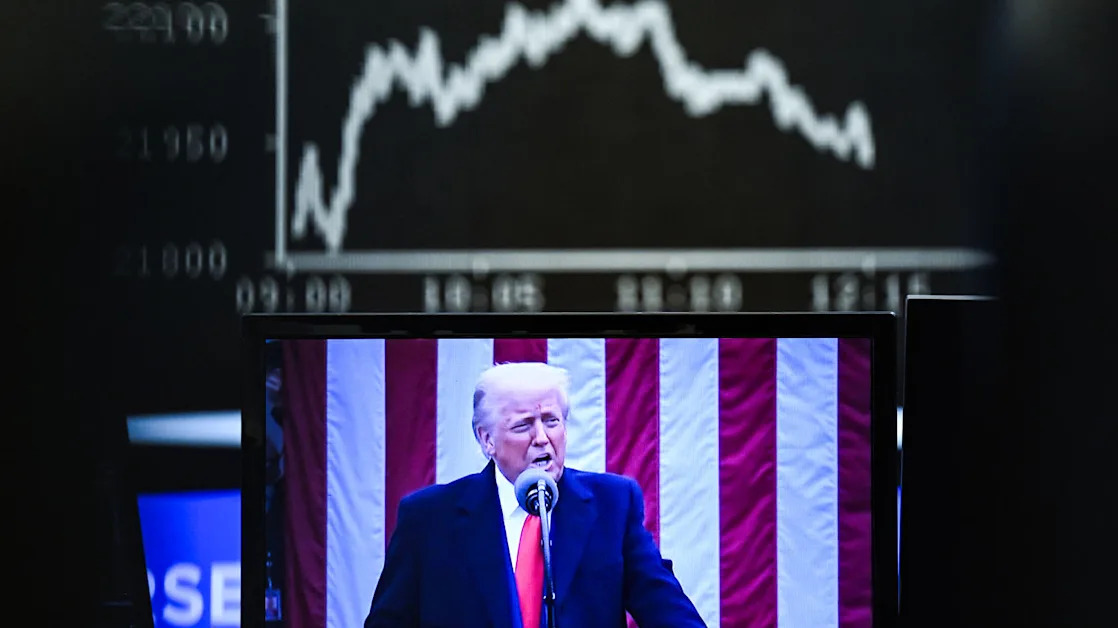
U.S. stocks plunge following Trump tariff shock
President Donald Trump's shock announcement that he would impose historic tariffs on virtually all U.S. imports shattered markets Thursday, an emphatic rebuke by investors of his effort to reorder global trade.
As of late morning, trillions of dollars were wiped out as the S&P 500 tumbled more than 3.7%. The index is on track for its worst day since 2022. The Dow Jones Industrial Average fell 3.1%, or 1,300 points, and the tech-heavy Nasdaq dropped 4.8%. The Nasdaq is on pace for its worst day since the start of the 2020 Covid pandemic.
Small business are also set to be hit hard by the tariffs. The Russell 2000 Index, which tracks smaller publicly traded companies, was down 6.1%. It has now lost more than 20% since its peak in November.
The turmoil is a harsh early verdict on a White House trade agenda that had already unsteadied investors , corporate executives , consumers and retirement savers even before Wednesday's tariffs roll-out at the Rose Garden.
Now, markets are signaling profound pessimism about the policies of a president who regained office promising immediate improvements to a flawed but sturdy economy . In the wake of Wednesday's announcement, analysts are already raising alarms about the potential for a recession.
Retail stocks were among some of the hardest hit Wednesday, as Trump’s tariffs on major manufacturing and exporting nations such as China could reach as high as 54%. Lululemon plummeted 11%, Nike dropped 10%, and Ralph Lauren declined nearly 16%.
For decades, American shoppers have served as the “consumer of last resort” for world markets. Under this implicit arrangement, other countries make products at relatively low cost that U.S. consumers buy — producing the extensive trade deficits Trump has long bemoaned.
But as the president emphasized in his Rose Garden speech Wednesday, this setup has cost the U.S. manufacturing jobs — though technological advancements have also played a role.
Some parts of the country have managed the transition to a service-driven economy better than others, and it took decades for median inflation-adjusted earnings to eclipse their late-1970s levels . Indeed, real median earnings for male workers only just returned to those levels in the past quarter .
The problem, many economists warn, is that the genie can’t be put back in the bottle without causing U.S. wages to fall again. When Trump displayed a chart Wednesday showing how much other countries are “charging” the United States, he was really describing the extent of the country’s trade deficit with each of them.